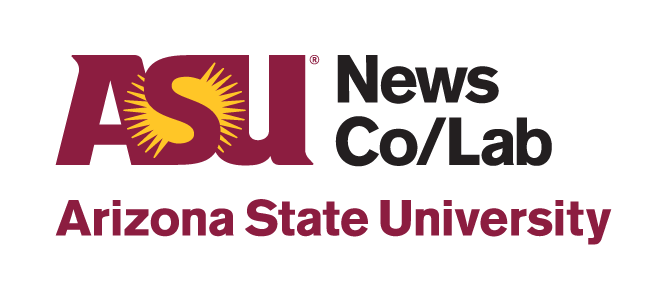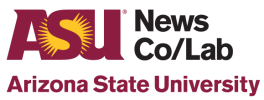
Building news savvy: Best practices
▸Transparency
Truth in sourcing
WHAT IS IT?
Two journalists at The Atlantic magazine found they were mostly quoting male scientists as experts in their stories, though many women scientists are equally expert. The journalists wrote about this shortcoming. One followed up to report how he increased representation of women as sources to 50 percent, more accurately reflecting the field.
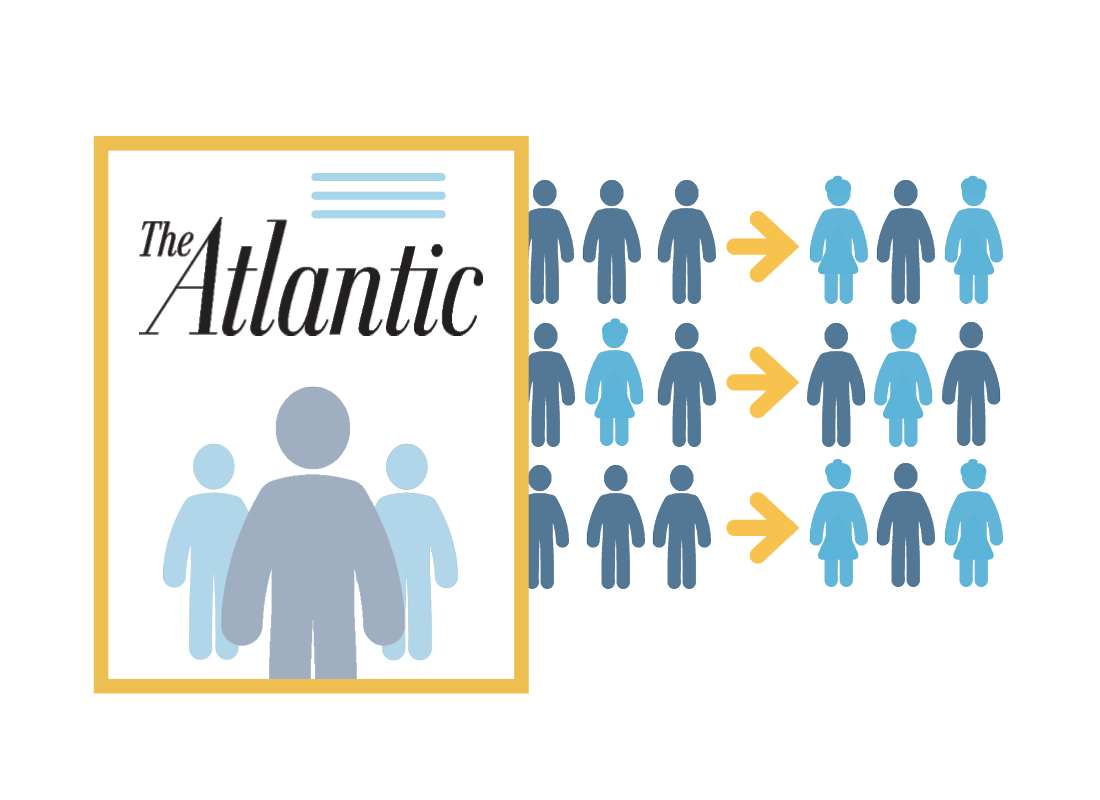
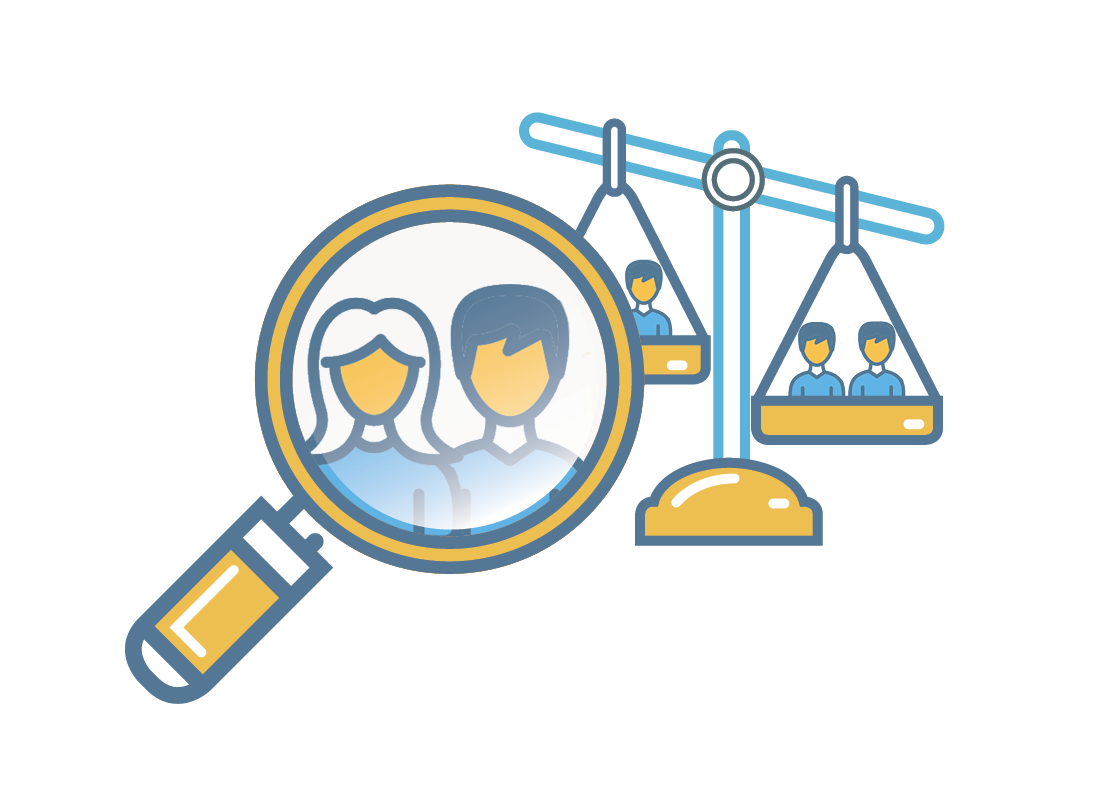
WHO’S BEHIND IT?
Adrienne La France and Ed Yong of The Atlantic explored the issue of predominantly male sourcing in their writing about scientific topics. La France examined the gender gap in her work in 2013 and again in 2016, finding that only about one-fourth of her sources were women, which she said was “distressing. ”Yong followed up in 2018 with his own account of “How I Spent Two Years Trying to Fix the Gender Imbalance in My Stories.”
DOES IT WORK?
Because La France and Yong repaired their sourcing openly, they’ve encouraged others. Yong’s post, for example, generated more than 7,000 retweets. Other journalists said they would adopt his practices. Sourcing is a major issue. Communities that do not see themselves represented often perceive this as deliberate bias. The American Press Institute says inclusion and focused listening helps news organizations gain trust and strengthen business models.

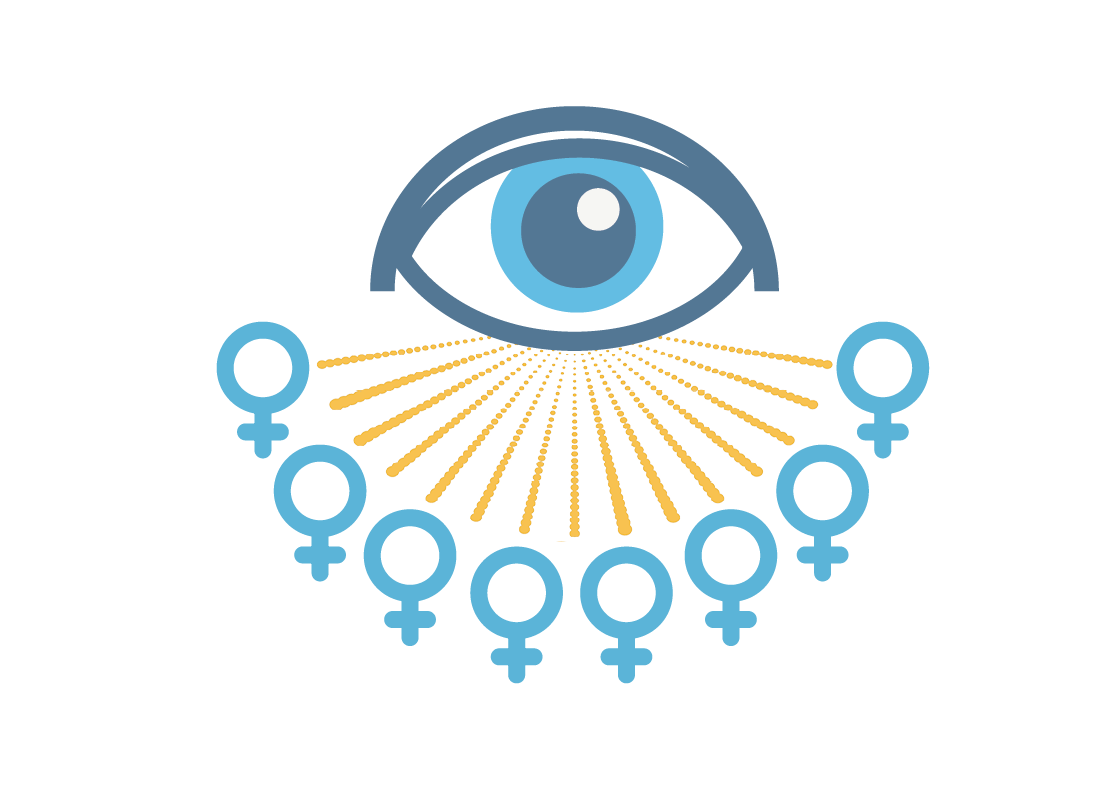
HOW TO DO IT
Yong uses search and social media to identify female experts, or, if he is writing about a research paper, he looks at related studies that are cited. He recommends Diverse Sources and Request a Woman Scientist. (Also, Brookings launched Sourcelist). He continues searching until he has a source list that includes several women. He tracks how he is doing on a simple spreadsheet as “a vaccine against self-delusion.” He said the practices add about 15 minutes to his workload.
